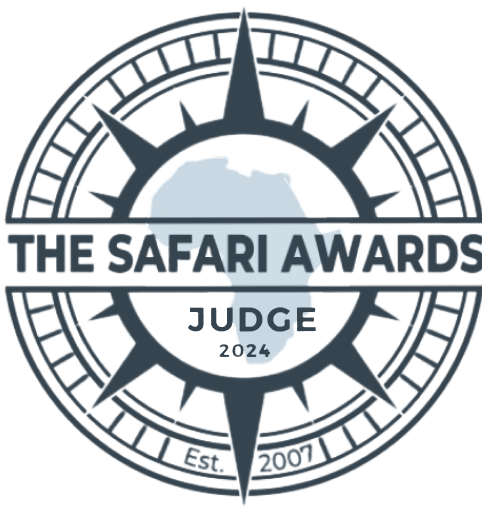
For most of the year, Namaqualand is a barren, sun-scorched semi-desert, where life seems to pause. But following the winter rains, – it bursts into one of nature’s greatest surprise parties . . Vast plains erupt in brilliant blooms of orange daisies, purple vygies, and over 3,000 other flower species. The most striking are the daisies and vygies, which germinate quickly after the rains.
It’s wild, fleeting, and must-see.
“Once a year, if the rains are good, they briefly explode into the most unbelievable rainbow of coloured flowers… You need to be quick… but once you have seen this beautiful display of the power of nature, you never ever forget it.” Janet Carr
Beyond the famous “carpets” of colour, there’s a more subtle beauty: hardy succulents and perennials adapted to this arid climate.
- In Skilpad Wildflower Reserve near Kamieskroon, you’ll find an explosion of wild geraniums and rich bulb variety.
- Further north, Goegap Nature Reserve near Springbok offers a superb collection of Namaqualand’s unique flora – including the rare, otherworldly Halfmens plant, found nowhere else in the world. (Afrikaans for “half-human” as it resembling an armless person).
- Array of succulents in the Hester Malan wildflower garden, within Goegab.
Nieuwoudtville
 Then head south to the interior uplands near Nieuwoudtville, perched on a dramatic escarpment between Namaqualand and the Cederberg Mountains. Here, higher rainfall turns it into a flower mecca. Many flowers, bulbs and orchid species are indigenous to the area, not found anywhere else in South Africa. Visit the rewarding Nieuwoudtville Wild Flower Reserve, or the many farms which open to visitors during the flower season, such as Papkuilsfontein. Plus enjoy the short scenic detour to Nieuwoudtville’s dramatic waterfall whilst you are there.
Then head south to the interior uplands near Nieuwoudtville, perched on a dramatic escarpment between Namaqualand and the Cederberg Mountains. Here, higher rainfall turns it into a flower mecca. Many flowers, bulbs and orchid species are indigenous to the area, not found anywhere else in South Africa. Visit the rewarding Nieuwoudtville Wild Flower Reserve, or the many farms which open to visitors during the flower season, such as Papkuilsfontein. Plus enjoy the short scenic detour to Nieuwoudtville’s dramatic waterfall whilst you are there.
Fun Fact: The Halfmens (“half-human”) plant evolved to resemble a human figure and always leans north – a nod to its Namibian origins. The Nama people believed it represented ancestors longing for home.
Flower Tours – Fleeting Beauty, Limited Beds
We offer an escorted spring wild flower tour in August, as well as self-drive tours and private flower tours. But please book early as it is extremely popular and there is limited accommodation in this remote area!
Need a primer? Our blog article on Tips for Viewing the Spring Flowers shares the best places, when to visit, and how to avoid some classic mistakes.
Richtersveld National Park
At the far north of Namaqualand lies a completely different landscape, the Richtersveld National Park - a rugged mountain desert unlike anything else. It’s dramatic, vast, and home to rare desert flora and succulents. We don’t really send clients here, as it requires 4x4 access and rustic camping or simple rest camps plus self-sufficiency. But if you’re adventurous and love stark, cinematic landscapes, it’s worth knowing about.

Frequently Asked Questions on Namaqualand
Best time to see Namaqualand wildflowers?
The best time to see Namaqualand spring flowers is typically in early to mid August. The season may extend to mid-September in Nieuwoutville which usually has a longer season. But it all depends on the rains.
How to see the flowers?
You have three main options. You can plan a self-drive flower tour in Namaqualand, You can join a tour such as our spring wild flower tour in August. Or, if you plan early enough, we can plan a privately guided flower tour for you.
Tips for Flower-viewing in the Cederberg & Namaqualand – when and where to see the Clanwilliam wild spring flowers
Back to MAIN Northern Cape page
Planning a spring flower trip? We’ll sort the logistics, while you chase the daisies. Chat to us!
Please Note: We don’t book 1-2 night trips, and we don’t know the self-catering options as that’s not our business. Sorry!















